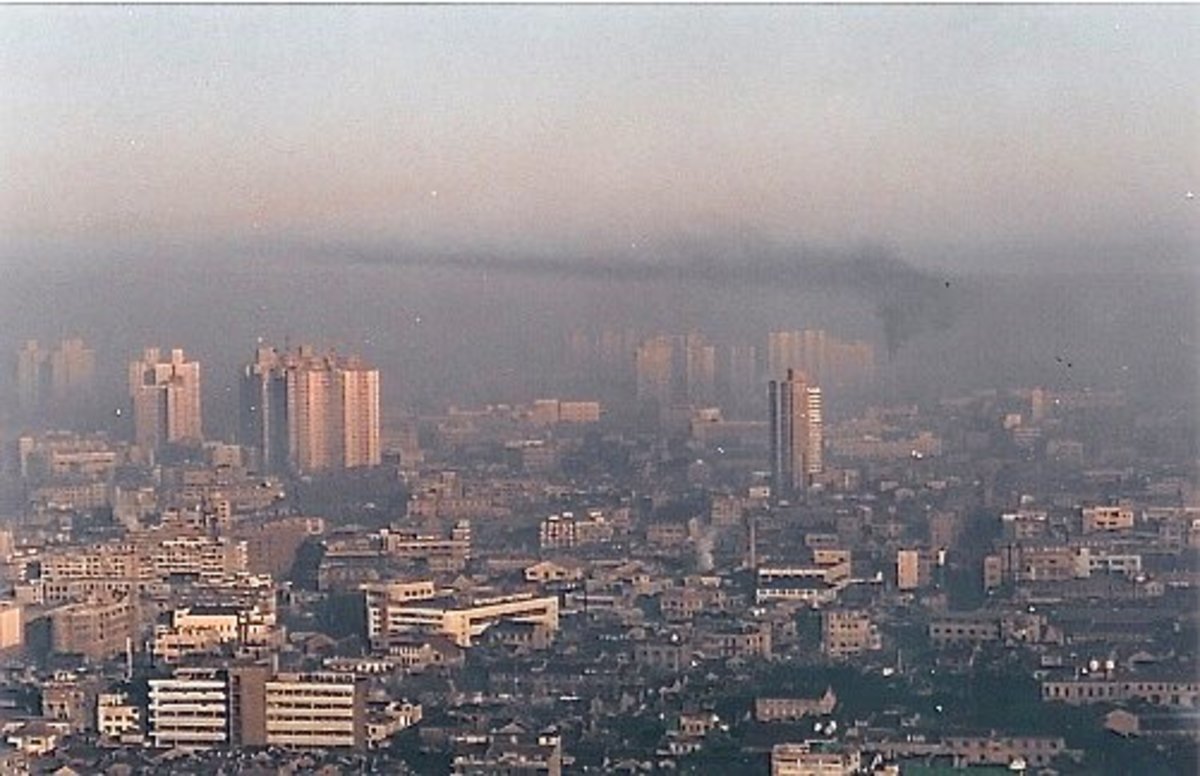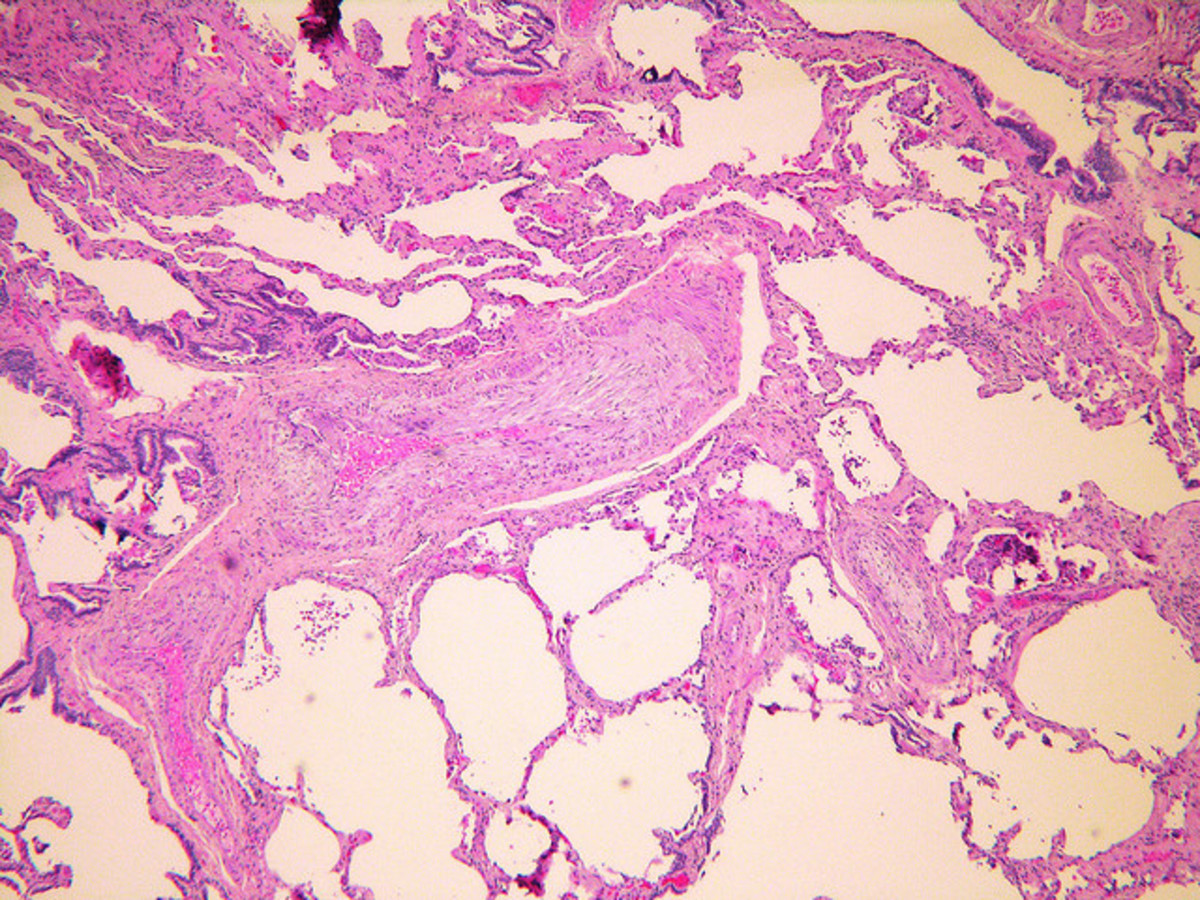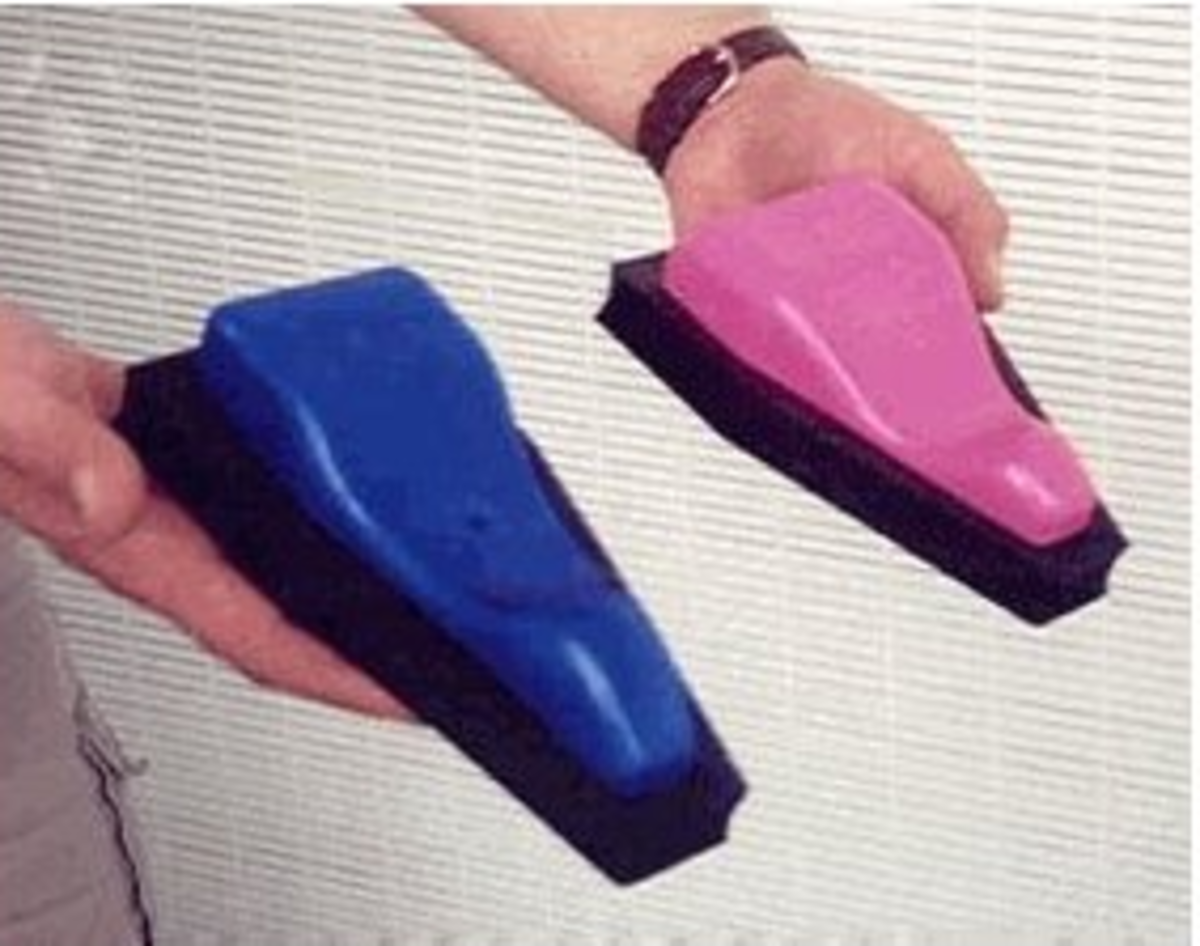How to Improve Your Air Quality

5 Star Air Purifier
Improving Indoor Air Quality
- 8 Tools Used to Evaluate Indoor Air Quality
These are the tools you most commonly need when doing an environmental or indoor air quality assessment of your home. This article tells you what you need to know about Petri Dish Tests, Swab Test Kits, Bio aerosol sampling, moisture meters, tape lif - Indoor Air Pollution: 10 Steps to Healthier Air Qual...
Indoor air quality is usually much worse than outdoor air quality. Despite this, your indoor time does NOT have to be an unhealthy time -- if precautions are taken. - Top Plants To Clean Indoor Air Quality
Know the best house plants to clean indoor air quality and the best plants to moisture the air in this article. Did you know house plants can help improve your...
Ways to Improve Air Quality
- Check the humidity level in your immediate work area, or the area where you spend the most time during the day. A healthy range should be between 30-50%. Anything below that can cause a dry, sore throat, breathing difficulty, or even long-term respiratory problems. A humidifier will increase the humidity in the area, putting moisture back into the air.
- Humidity levels higher than 50% can cause mold and mildew growth. This will lead to mold spores in the air that you are breathing, which can cause long-term respiratory problems. Place a dehumidifier in the room as it will remove extra moisture from the air, preventing mold and mildew buildup. According to Dr. Gary Ginsberg, "mold will grow wherever it can find moisture." To learn more, see the video "How can a dehumidifier help to prevent mold?"
- According to eHow.com, running an oscillating fan in closed-in spaces, "causes air movement and allows excess moisture to dry." I have purchased an oscillating fan for my classroom. It stays on most of the day, and the students love it, especially after recess.
- Remove rugs, pillows, and other fabric items from areas where mold and mildew are a concern. Last year I had a couple of large rugs for students to sit on; I also had several large pillows and stuffed animals. Those are now gone, since I've learned that those items provide a home for mold and mildew in my classroom environment. According to LifeResearchUniversal.com, you should, "Discard old rugs, pillows and stuffed animals, which provide breeding grounds for mold and dust mites."
- Place an air purifier in the room as this will remove toxins from the air and promote cleaner air. "Most air purifiers combat the multiplying presence of mold using a very powerful weapon: the HEPA air filter," states AchooAllergy.com. They also state, "As mold spores range between one and five microns in size, HEPA filters are certified and proven to remove all airborne mold spores." I have not purchased one of these for my classroom, and probably will not, due to the cost, however, I will be contacting the appropriate people to see if it is an option for the school system to provide it.
- Purchase air purifying plants to remove unwanted toxins and to promote oxygenation in your space. Through research and experimentation, NASA scientists found 10 plants that effectively remove toxins from the air, within a closed environment. Some of these plants were the Bamboo Palm, Rubber Plant, Philodendron, and the Peace Lily. I have purchased several plants and placed them in my room to help remove toxins. I have them in pots that drain well.
Poor Air Quality Can Cause Health Problems
Last year I started teaching at a different school. The building is huge and contains 6 classrooms for each grade level. Unlike all of the school buildings I've worked in before, this one has classrooms with no windows and poor ventilation. The temperature fluctuates greatly throughout each day. On warm days, it can get to over 80 degrees. Unfortunately, these conditions promote mold and mildew, and who knows what else.
Towards the end of last school year, I began to have difficulty breathing. I had no other symptoms, so I kept passing it off as my imagination.....until it became very noticeable and I was worried. It was to the point at which I felt that if I had any less air in my lungs, I would be in serious trouble. So I went to the doctor, and was told my breathing capacity was at 60%. The doctor immediately prescribed an inhaler and nasal spray, to be used twice daily until my condition improved, and then as needed. Keep in mind, that I have never been prescribed an inhaler in my life, and have never experienced breathing difficulty to this degree.
Summer came and I was able to discontinue using the inhaler soon after school ended. The doctor had asked several questions about where I worked and what the environment was like. He said the cause of my symptoms were "environmental", and urged me to get out of that environment. I reported my problems to my administrator and a week before school started, an air quality control representative was at my door, carefully examining the room. I was told they would be looking at the ceiling and that I may be getting an air purifier. It is now 2 months into the school year, and no word.
Update: After a month of my suffering severe bronchitis, my administrator has had the air quality of my room and surrounding classrooms checked. Three classrooms were found to have humidity levels well below 30%. We now have humidifiers in our rooms and I am feeling so much better. No more breathing problems.










